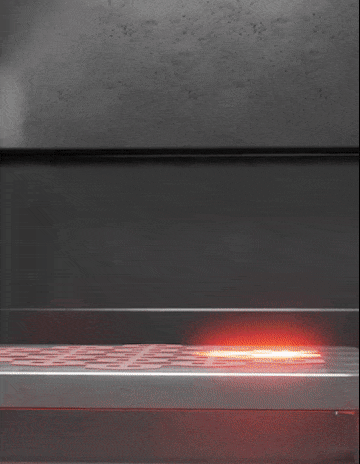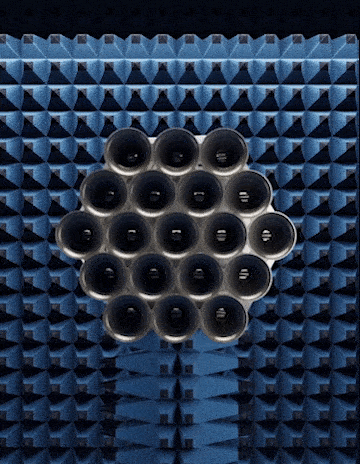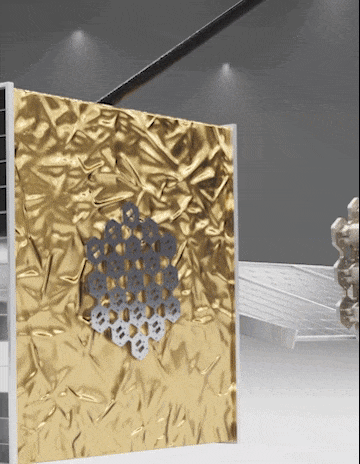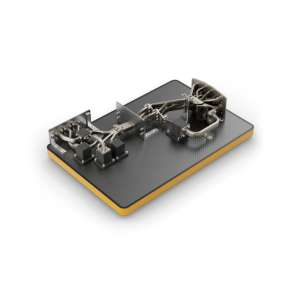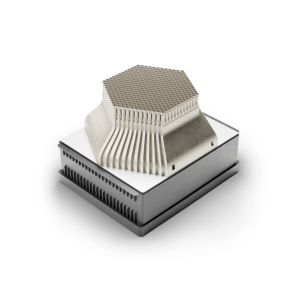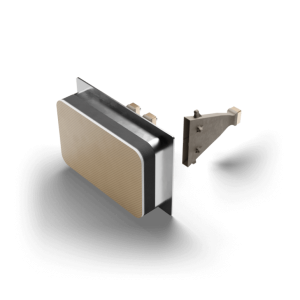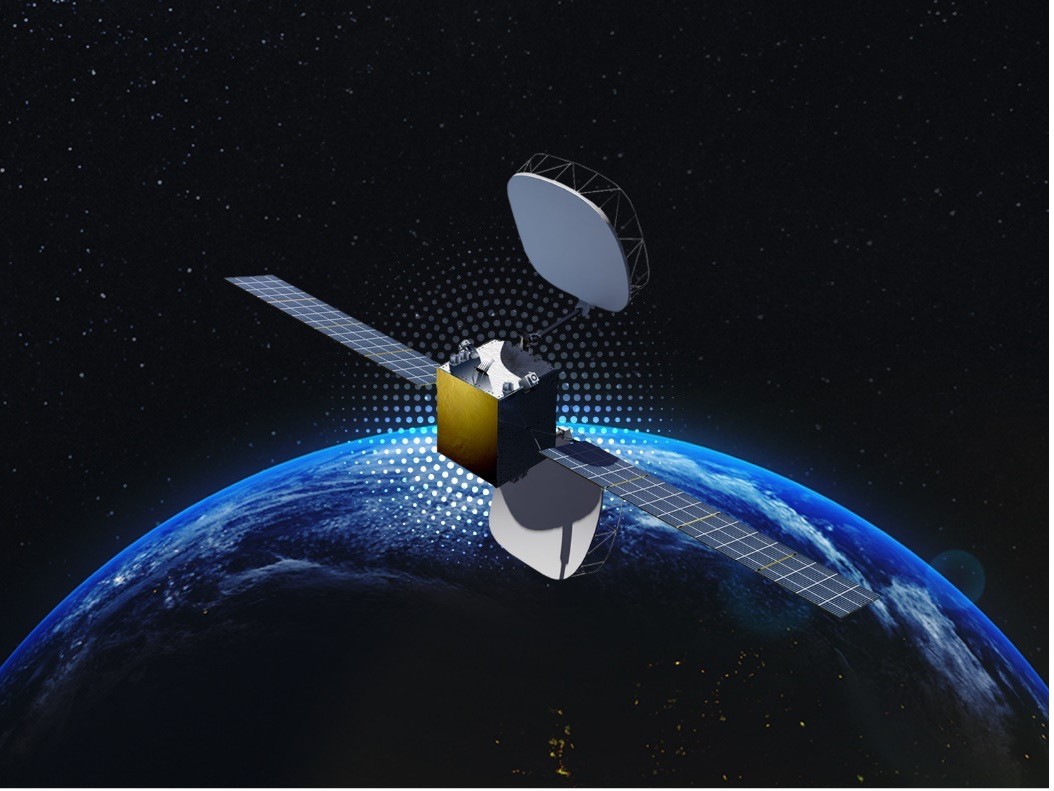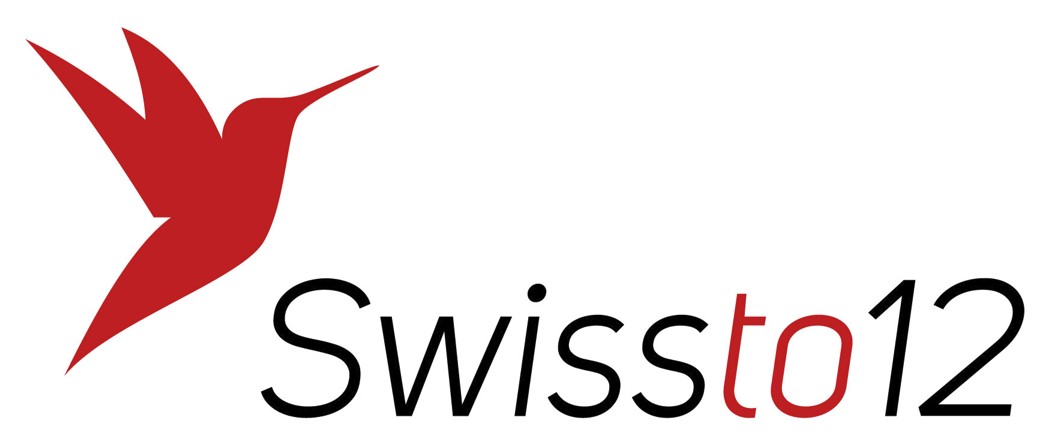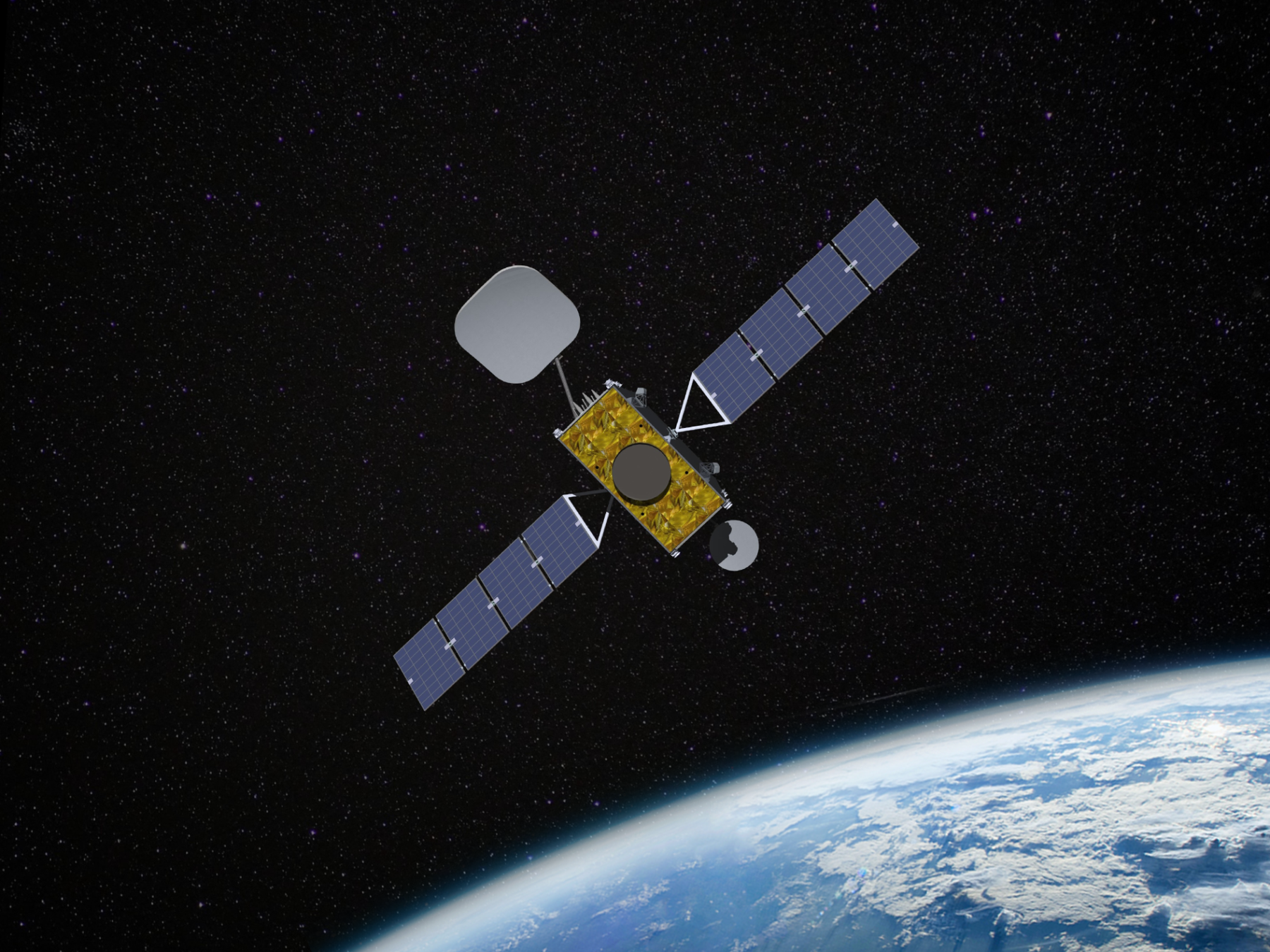Benefits of 3D printing
Thanks to our novel use of additive manufacturing technology, complex RF systems no longer need to be assembled with hundreds of components. By using fewer interconnects, we can deliver significant mass savings and enhanced RF performance.
The design and manufacturing flexibility offered by our 3D printing technology allows us to push the limits of RF payload performance and create next-generation systems with mechanical and thermal features integrated in a single monolithic block. Our proprietary systems offer a high level of customization and significantly reduced lead time.
The additive manufacturing process in a nutshell
The additive manufacturing process developed by SWISSto12 is complex and leverages unique and patented technology. The process starts with an extensive RF, mechanical, and thermal design phase in order to optimize the performance, weight of monolithic components or subsystems.
Once the optimal design has been reached, the actual 3D printing is done with Aluminium, INVAR, PEEK or Titanium. Then, the 3D printed parts undergo a chemical surface treatment and plating aimed at improving surface roughness and skin conductivity.
Finally, all parts are tested and integrated to make sure they are functional and comply to both functional and technical requirements
Qualification and Heritage
The Radio Frequency products developed by SWISSto12 sustain the harshest environments. Our processes and products have undergone thorough qualification and testing processes to ensure that the materials, coating and paint that are applied on SWISSto12 products can withstand maritime, airborne and space environmental constraints.
Qualification results show uncompromised performance through mechanical, thermal, vacuum, humidity, salt fog and other tests to support demanding qualifications. In the past few years, we’ve had the opportunity to collaborate with large aerospace prime manufacturers in both LEO and GEO telecommunications missions.
Through such programs, we’ve acquired flight heritage for waveguides and antennas manufactured with additive manufacturing technology, in Ka, Ku and Q-bands, for on-going / upcoming space programs.





